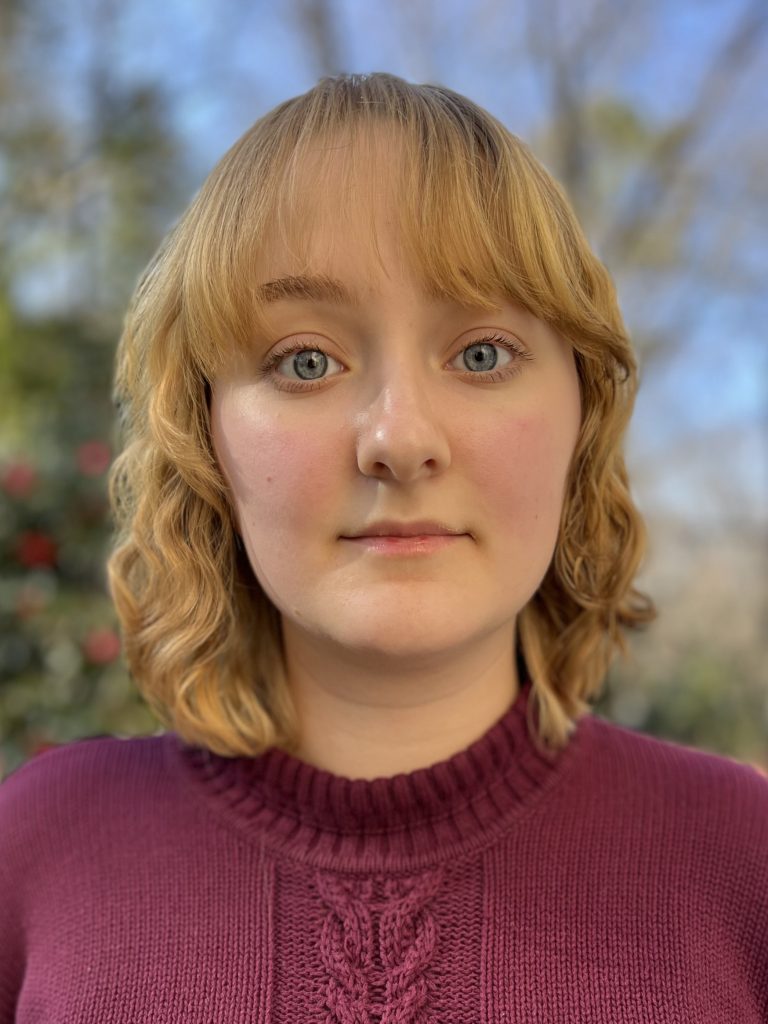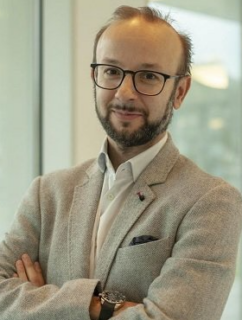About the project
This project focuses on synthetic peptide scaffolds and their ability to form functional protofilaments under confined conditions. By leveraging self-assembling peptide amphiphiles, the research aims to explore the behaviors induced by confinement, such as substance uptake, compartment deformation, and coalescence. The project will meticulously modulate the hydrophobicity of peptide amphiphiles to optimize their interaction with lipid/polymer membranes, studying the implications of fibrillation triggered by external factors like pH or salt concentration.
Expected outcomes include characterizing partition coefficients of peptide amphiphiles in various condensates and vesicles, investigating emergent properties of self-assembling fibers, and applying these fibrillating synthetic cells to modulate biological functions such as uptake, release, localization, and cytotoxicity. The ultimate goal is to harness these interactions for applications in membrane repair and targeted drug delivery.
The project includes secondments at Imperial College London in the UK (Contini group), the Max Planck Institute of Colloids and Interfaces in Germany (Dimova group), and UC London in the UK (Di Michele group), as well as mentoring from Nature Communications on professional editorship prospects.
Selected References
- Nature 603, 637 (2022): presents the chaotropic effect as a method for the effective transport of hydrophilic substances across membranes of vesicles and cells. Doi: 10.1038/s41586-022-04413-w
- ACIE 59, 6902 (2020): shows the use of microfluidics to control the distribution (core, interface) of cyclic peptide nanotubes in water droplets. Doi: 10.1002/anie.202000103.
- Chem 6, 1652 (2020): review on the design and function of artificial supramolecular systems that imitate cellular structures and responses. Doi: 10.1016/j.chempr.2020.06.005.
- JACS, 142, 300 (2020): the first cyclic peptide that can hierarchically self-assemble into 2D tubular nanosheets in the micron range. Doi: 10.1021/jacs.9b10582.
Doctoral Candidate: Shiloh Thomas-Wilkinson

Shiloh holds a Bachelor’s in Biochemistry and a Master’s in Chemistry with a certificate in Astrobiology from the Georgia Institute of Technology. For her final thesis project, she used computational tools to explore the allowed geometry space of model proto-RNA assemblies.
Her experience in origins of life research was the driving factor that inspired her interest in bottom-up synthesis of artificial cells and cell-like structures.
Hosted by:
Javier Montenegro
Universidad de Santiago de Compostela (USC), Santiago de Compostela, Spain
CiQUS and the Organic Chemistry department at the USC
Montenegro Lab

